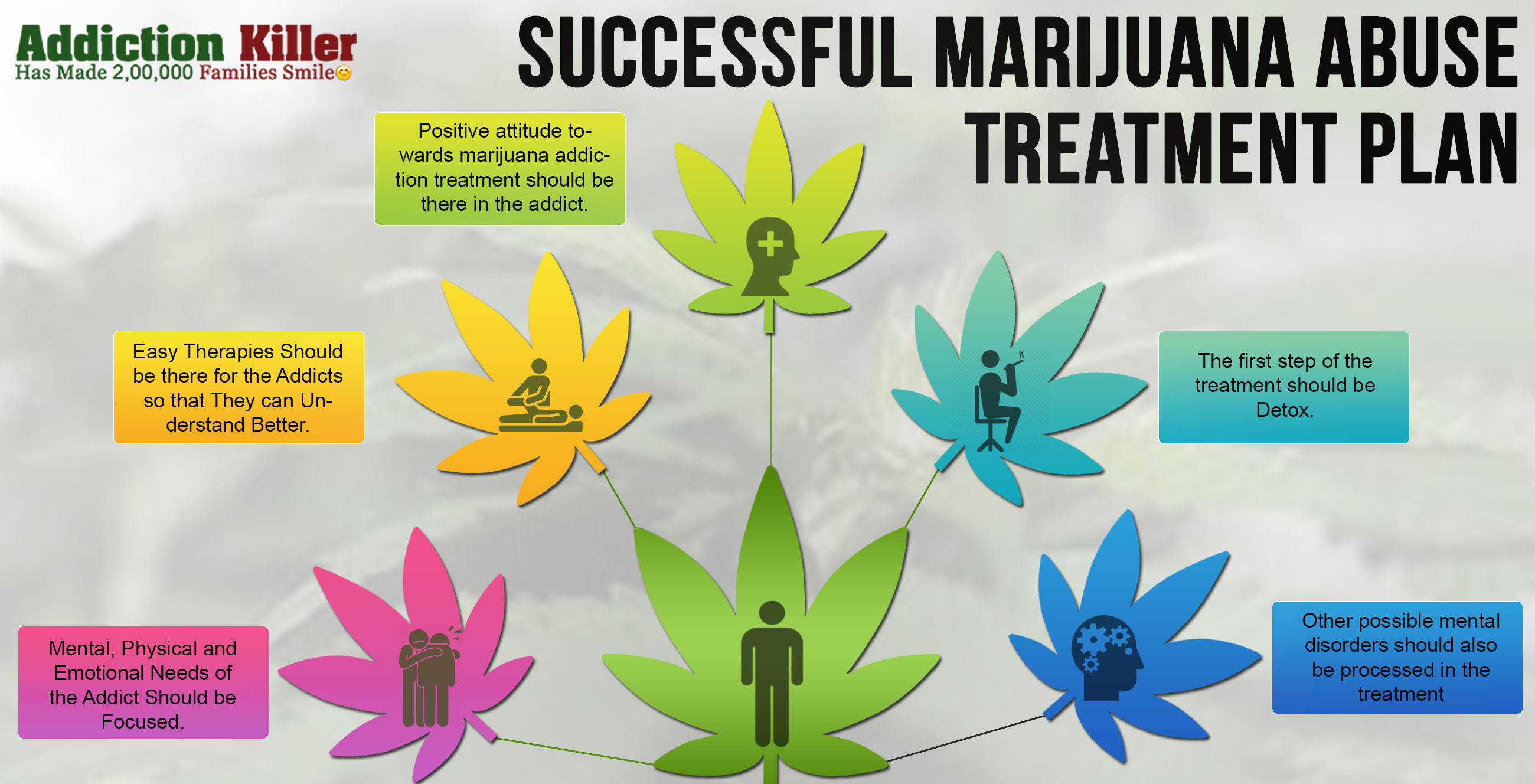Smoking a roll of tobacco isn't solely a physical addiction however conjointly a psychological habit. Although smoking is habit-forming and might be a troublesome habit, millions of individuals have a major success rate to quit. For several folks, the will to quit itself isn't sturdy enough to hold them through the method. If you are trying to quit then you definitely need a plan else you are more likely to relinquish your cravings for smoking. Quitting Smoking involves a pipeline of stages which helps you to remain sober.
Various Stages involves to quit the smoking habit are as follows:
The five stages of change:
· Pre-contemplation.
An individual is unaware, unable, unwilling to change. No intent to change. Indicators: argue, interrupt, deny, ignore, avoid reading, talking, or considering the behavior. It represents those people who don't have any need to alter behaviors in the immediate future.
· Contemplation.
An individual is ambivalent or uncertain regarding behavior change.
Indicators: Individual meets practician “half means,” willing to seem at professional and cons of behavior amendment. It includes:
1) Consciousness-raising: look for information related to smoking.
2) Self-liberation: tell yourself that “I can quit smoking if I want to.”
3) Social liberation: Start noticing the public places that have sections set aside for non-smokers.
· Preparation.
Individual mind shifts from thinking about behavior change to planning first steps. Indicators: Individual asks questions, considers options, and demonstrates openness in considering behavior change. It includes:
1) Self-re-evaluation: Your dependence on cigarettes will make you feel disappointed.
2) Environmental re-evaluation: You fail to think that smoking is polluting the environment.
3) Counterconditioning: You should do something else instead of smoking when you need to relax.
· Action.
The individual demonstrates steps toward behavior amendment like periods of abstinence.
Indicators: Individual is receptive to clinical interventions. Treatment compliance is normal. It includes:
1) Stimulus control: You should remove things from your place of work that reminds you of smoking.
2) Reinforcement management: You should be rewarded by others if you don't smoke.
3)Maintenance. Individual sustains treatment goals.
.Indicators: Individual has created behavior changes, practices stable abstinence, met treatment goals, and practices healthy brick methods.
Behavior change takes the repeated implementation of new life skills a change in the physiology of our brain takes even longer.
It includes:
1) Dramatic relief: Warnings about health hazards of smoking can move you emotionally





















